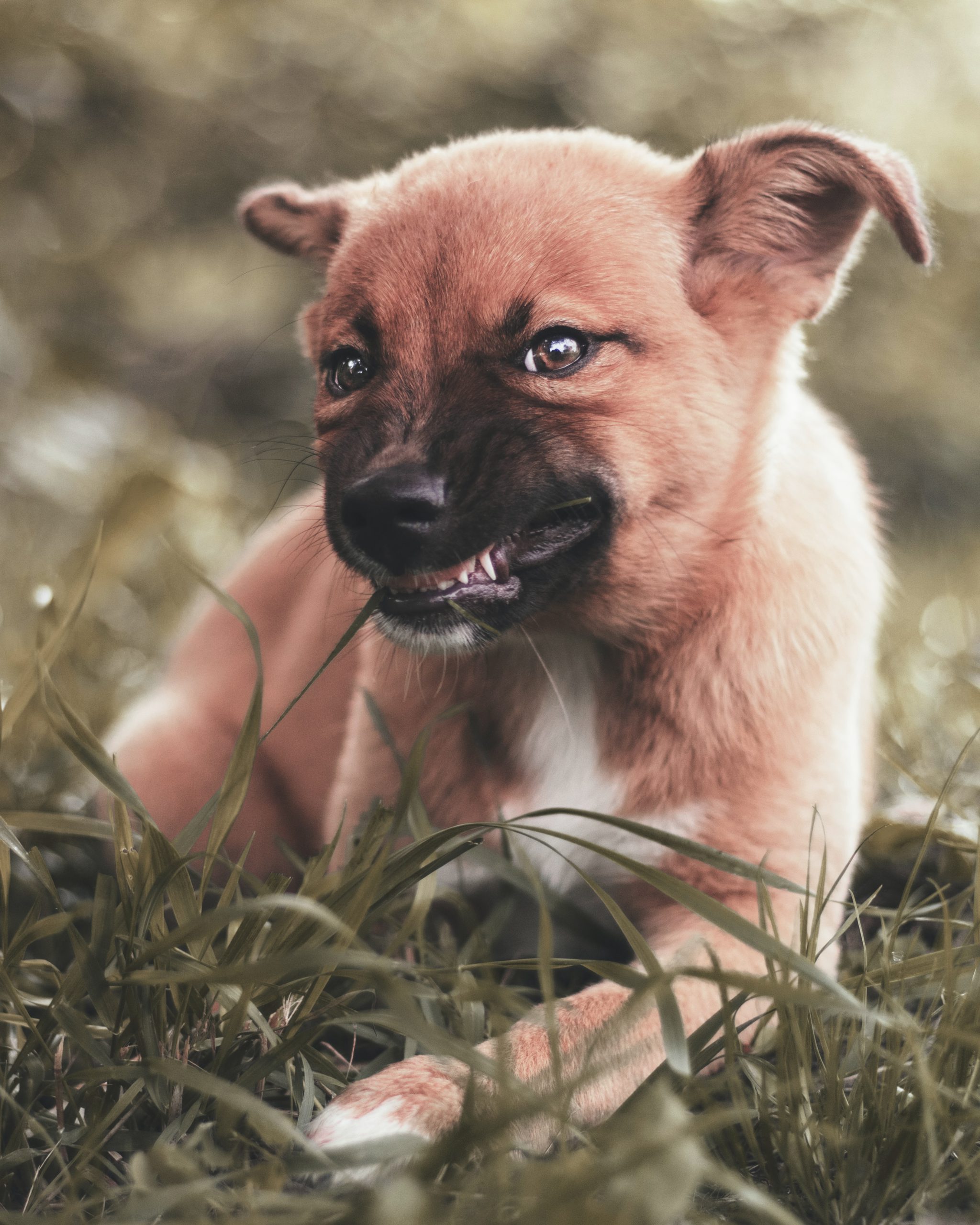The big question is, can a dog and a cat get along? Short answer – yes. If you follow the tips in this article and introduce them slowly, and carefully there’s no reason why your new pup won’t get along with your cat . They might even become playmates within a few weeks. But you don’t want to rush them because their bonding could need more time.
Bringing new puppy home to cat can be worrisome, but the most important thing is to supervise their initial contact and allow them to get used to each other at their own pace. That said, before their bonding, you need the following tips for bringing new puppy home to cat.
How to Introduce a Dog to a Cat
There are several dog and cats’ friendship, and they are beautiful to watch. Many pets have a rough start. Don’t get worried if your puppy and your cat don’t seem to get along.
Usually, dogs have the strong urge to chase cats, so you should be ready to teach your dog to be calm around kitties. Never allow your pup to chase your cat, regardless of how amusing it may seem. Also, you’ll have to steal your puppy’s attention whenever the cat is around.
While it takes time for the two pets to get along, it is always worth it. And as soon as they start tolerating each other enough to be up close, you’ll watch an unbroken friendship form. But first, let’s take it step by step.
Here are the necessities for bringing new puppy home to cat
1. Set up Confinement for Your Cat or Dog
Both your cat and your puppy need individual spaces to allow them to adjust. The last thing you need is to force their meeting. Even though they are both aware of each other’s presence, give them separate attention for a couple of days.
However, the new pet should be the first to be confined. That means keep the pup in a separate room and don’t just allow her to roam around the house.
Also, ensure to stock the room with enough toys, water, and food. Spend time with your new pup so she can get used to you.
2. Switch Confinement Between the Two
Since your dog has to get familiar with the house, you’ll have to alternate which animal is confined. You can’t keep the pup confined forever. When she’s out, take your kitty in. Do this at least for the first few days.
You’re not delaying confrontation. It just gives both pets enough time to get used to each other’s smell first. It helps them become accustomed to the idea of their presence. This is especially true if you use the same confinement for them.
You can rotate their shifts every couple of hours. It is crucial that the new pup gets enough chances to explore the house a little. Dogs are more playful than cats, and they sure would want to explore every corner of their new abode. However, your pup should be monitored during her first days, even if the cat isn’t around. Allowing her to roam free will interfere with her potty training. Also, watch the dog for signs of toileting.
3. Exchange their Scents
It is vital that the kitty and the pup get familiar with each other’s scent. Animals will always react when they perceive strange scents, especially around their home. So, even if you’ve had a new dog in the house for weeks, an unpleasant clash is inevitable. This will happen if the cat doesn’t get accustomed to the dog’s scent or vice versa.
You can exchange tiny bits of beddings, like blankets or pillows. You can as well swap their toys. Also, try putting one pet’s towel under the food dish of the other. Animals hold food dearly. This practice will give each of them the sense that the other pet means no harm.
4. Keep Both Pets Confined While No One is Home
Never leave your new pup and cat home alone. Even if they both seem less concerned about each other’s presence when you’re around, it doesn’t mean they are suddenly ‘dorm mates.’ Even if they get along fine when you’re around, as long as you just got the pup, don’t leave them home alone.
It takes time to be certain that they’ll be fine alone. If they’re already playmates, still give them a week or more just to be sure. You can confine the dog and allow the cat to move freely. You can also try a little experiment by leaving both of them in a room and watching them from another.
5. Your Pup on a Leash for Keep the First Introduction
First, don’t attempt an introduction when your pup is all fired up and excited. Timing is important, and the best time to introduce both of them is when your puppy is calm and on a leash. Hold the leash tightly and allow the both of them enough time to study each other. You never know; your puppy might be graceful enough to allow your cat to come close for a sniff.
However, don’t be surprised if you notice aggression or fear from either or both of them. If your cat welcomes her new flatmate with bats and hisses, or the pup looks stiff and growls at the cat, just say to the both of them, “Meeting adjourned!”
Alternatively, you don’t have to separate them immediately. You can distract your pup with her favorite toy or treat. This is more likely to work with your doggie and not your cat because, well, you know, curiosity kills…
Bringing New Puppy Home: How to Adjust
Whether you have a cat at home or not, there are some things you need to know when bringing new puppy home. Puppies are often shy in their new home for the first few days, and they often need your help to settle in.
Also, living with a puppy can be a little demanding, so what next after bringing new puppy home?
● Introduce Your Puppy Gradually
Experts have let us know that it can take several months for our pets to feel comfortable in a new environment. Even if your pooch is still little, she still needs to get used to where she’s going to know as home. She also needs time to get accustomed to those she’ll be living with.
Furthermore, pups aren’t babies; they don’t need a ‘puppy party.’ So, if you’re looking to invite friends over for one, you’d be doing it for yourself and not your dog. Having so many people around will only scare your new puppy and not the other way around.
● Get Ready for Chewing
Before bringing new puppy home, know that you’re welcoming a chewing volunteer. Pups and even some adult dogs can’t help the urge to chew on anything close when they’re bored. They’ll move from your furniture to anything dangling in the house.
The best solution to this is stopping by the store to get dogs’ toys before bringing new puppy home. Also, you can prevent them from destroying your couch by keeping a close eye on them when they aren’t playing. Pups that are just teething are more likely to do this when they are bored. So, don’t leave them around the house when you’re out.
Choosing the right chew toys for your new puppy
● Train Your Pup with Food
Food is what new dogs listen to, not your commands, your belly rubs, or whistling. Dogs will always answer the person with the food. So, you have to make food a currency for them. You’ll need enough time and irresistible dog treats for maximum results.
The reward system is what professional dog trainers use to make dogs familiar with commands and quit bad behavior. So, when your new pup does something bad, scold her, and if she listens to you, reward her with treats. Repeat this in as many situations as possible, and you’ll have yourself a lovely and loyal furry companion.
● Make a Potty Plan
Generally, dogs need a potty within 15 minutes of eating, exercising, or waking up. Pups can hold their poop or pee for about an hour for any month of age. But some pups can sleep for close to seven hours without going for a potty break.
So, if you can time when your pup needs to do her business, you can use a specific command each time until she’s used to it. And after her business, reward her with a nice treat. If you can’t track when your dog needs to use the toilet, you can watch out for signals like sniffing or circling a particular area. Nonetheless, if she does her business around the house, don’t shout at her. It’ll make her hide when next she wants to do her business.
Final Thoughts
Puppies aren’t problematic; they just want to play, eat and sleep. So, bringing new puppy home should cause less worry. It will take time for your new pup to adjust and move around comfortably, so there’s no need for any rush. Just feed the dog and allow her to roam in her space.
However, bringing new puppy home to cat is a completely different game. Sometimes, dogs and cats never get along, no matter how hard you try.
But with the tips in this post, your dog and cat can become cute buddies, and you’ll forever be proud knowing you did that.
If your cat is really struggling to adjust or is really unhappy about the situation, maybe you could try some CBD oil to thier diet to help with anxiety as they adjust to a new friend.
We use Petals and tails CBD oil for cats. A proper dose added to Pizza’s wet food, has been beneficial to our current living situation.






